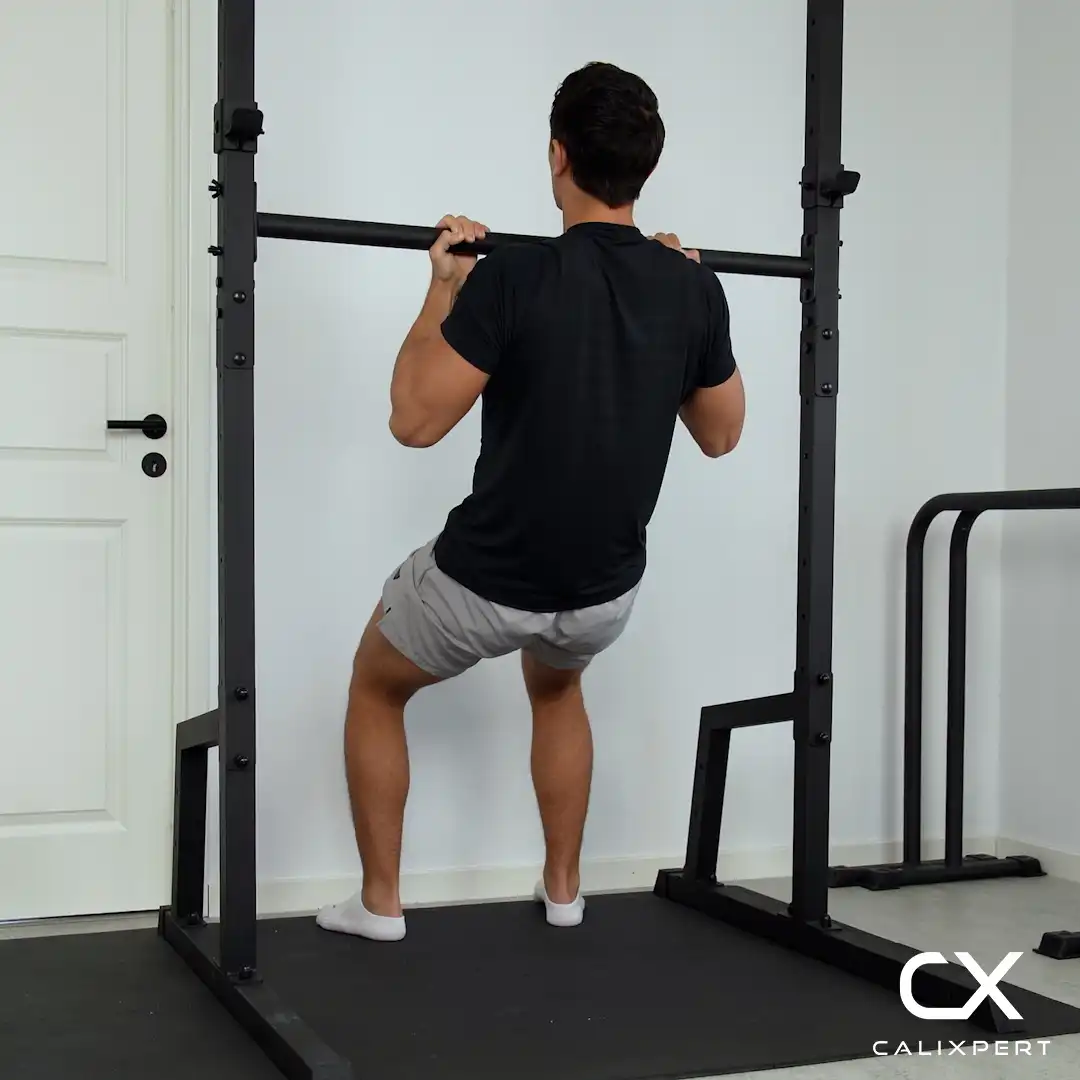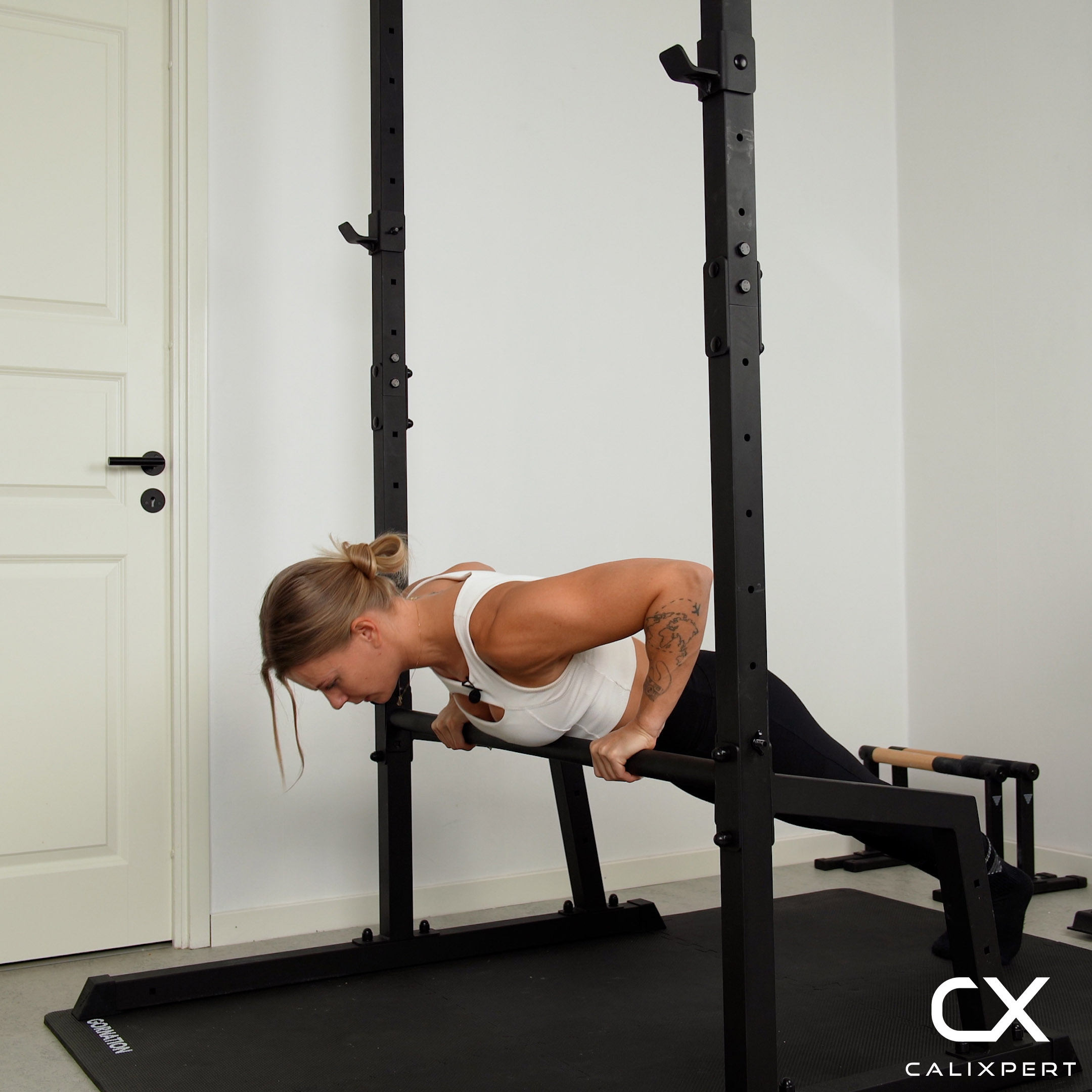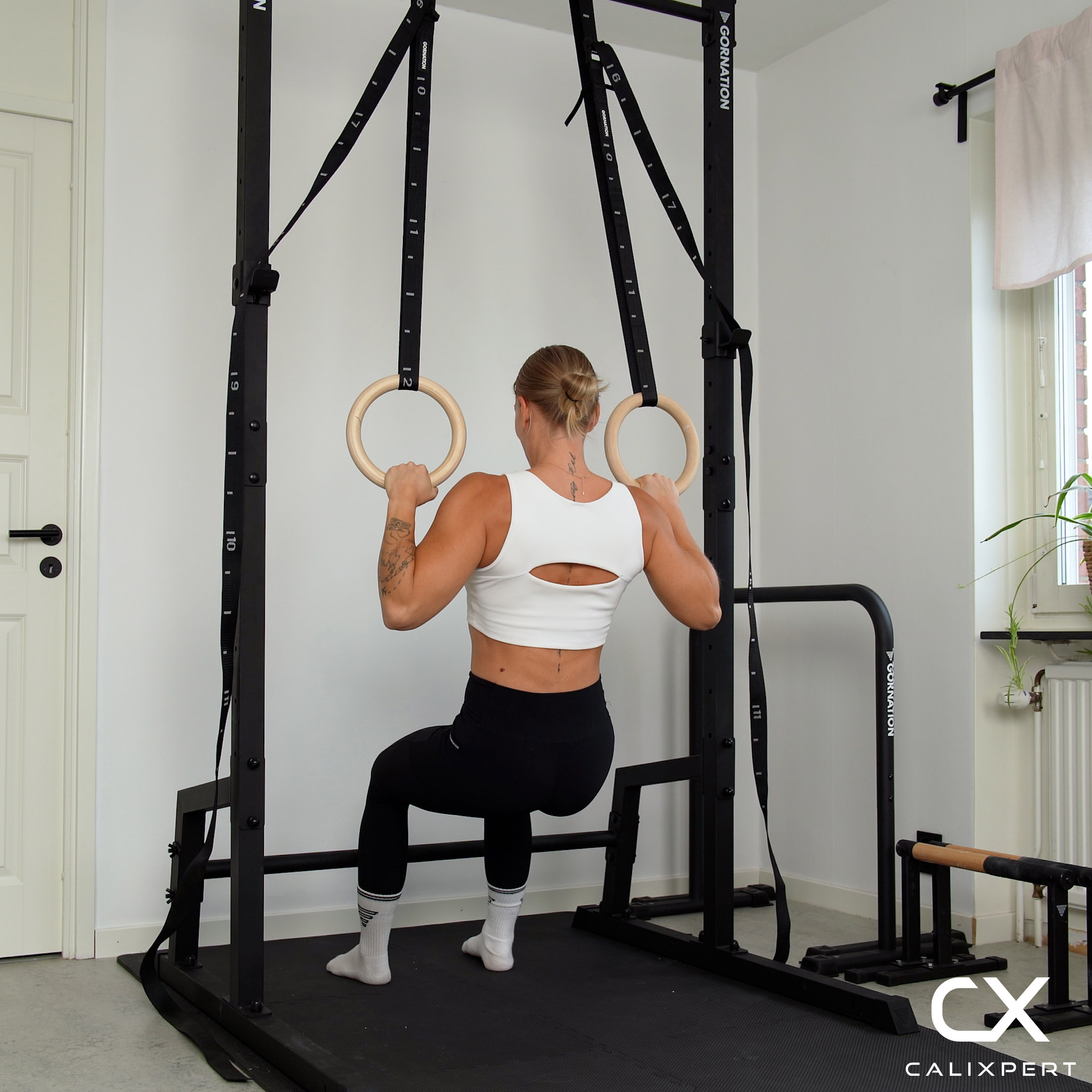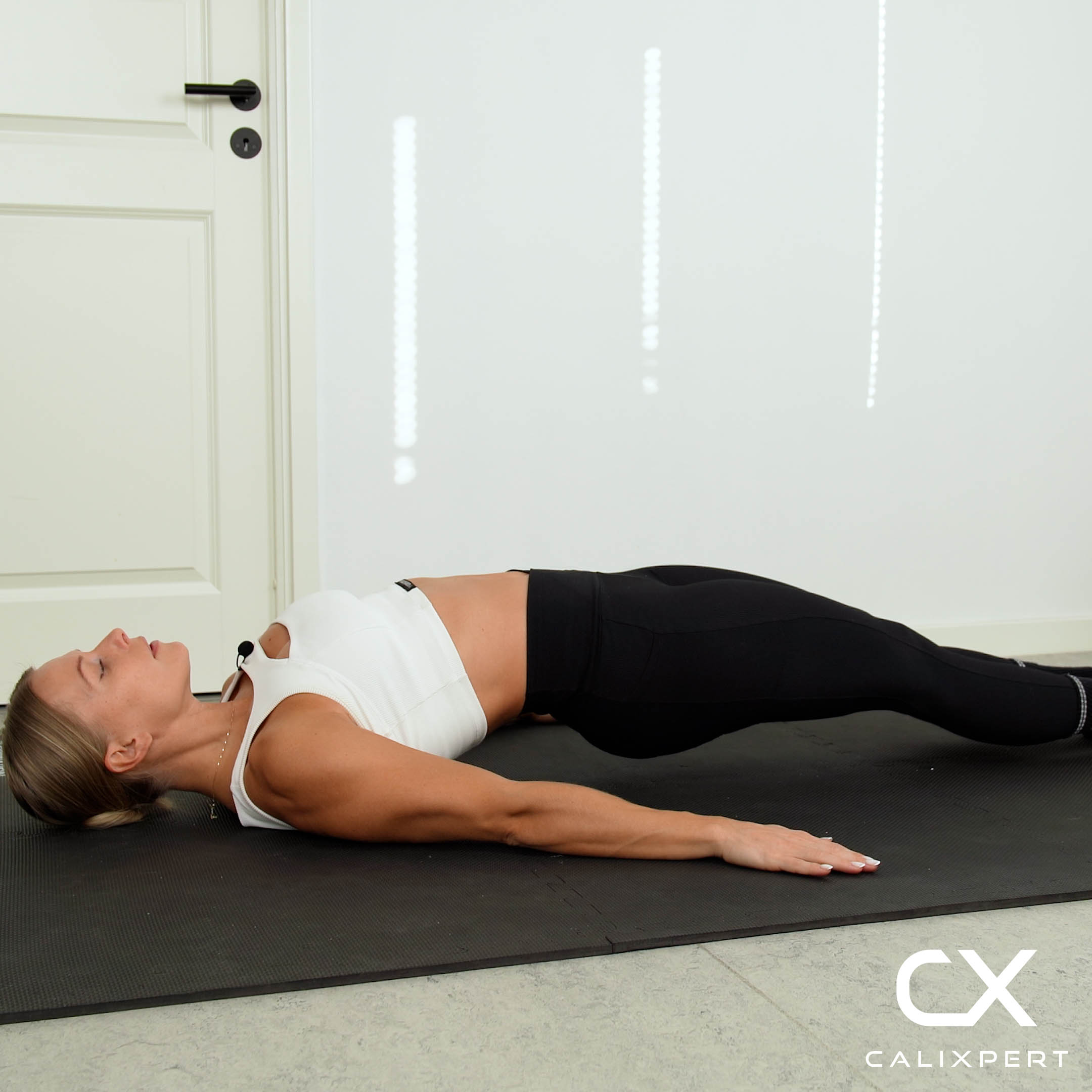How to Do One Leg Pike Pulses
One Leg Pike Pulses are a dynamic exercise that targets your core, hamstrings, and flexibility. This movement involves lifting one leg while maintaining a pike position, focusing on controlled pulses to engage the muscles effectively.
Step By Step Guide to Properly Execute One Leg Pike Pulses
- Starting Position
- Begin by sitting on the floor with your legs extended straight in front of you. Keep your back straight and engage your core. Lift one leg slightly off the ground while keeping the other leg firmly on the floor.
- Execution
- With your core engaged, pulse the lifted leg up and down in small, controlled movements. Keep your toes pointed and maintain a straight leg throughout the exercise.
- Top Position
- At the peak of each pulse, hold the position briefly to maximize muscle engagement. Ensure your back remains straight and your core is tight.
- Lowering Phase
- Lower the leg back to the starting position with control, avoiding any sudden drops. Repeat the pulses for the desired number of repetitions before switching legs.
Benefits of One Leg Pike Pulses
- Improves core strength and stability.
- Enhances hamstring flexibility and mobility.
- Targets lower abdominal muscles effectively.
- Promotes balance and coordination.
Common Mistakes to Avoid
- Avoid arching your back; keep it straight to prevent strain.
- Do not rush the pulses; maintain control for effectiveness.
- Ensure your leg remains straight and toes pointed to engage the correct muscles.
- Avoid holding your breath; breathe steadily throughout the exercise.
Follow these steps and tips to master One Leg Pike Pulses with proper form and efficiency.
FAQ About One Leg Pike Pulses
One-leg pike pulses work the core, hip flexors, and quadriceps, while also engaging the hamstrings and lower back for stability. The lifted leg activates the glutes and inner thigh muscles, while the supporting leg gets a deep hamstring stretch. This movement helps improve active flexibility, control, and strength, especially for skills like L-sits and press handstands.
When doing one leg pike pulses, don't forget to keep your back straight and not hunch over. Make sure your leg is straight and toes pointed. Avoid bouncing too fast; go slow and steady. Also, don't hold your breath—keep breathing! This helps you stay balanced and do the exercise safely.
To increase flexibility for one-leg pike pulses, start with a proper warm-up to loosen muscles. Incorporate dynamic stretches like leg swings and static stretches such as seated forward bends. Practice regularly, gradually increasing intensity. Focus on hamstring and hip flexibility. Consistency is key, so stretch daily and listen to your body to avoid injury.
One-leg pike pulses help develop strength, flexibility, and control for skills like L-sits, V-sits, press handstands, and pancake stretches. They improve active flexibility in the hamstrings and hip flexors while strengthening the core, which is essential for advanced calisthenics movements that require compression strength and mobility.








.webp)






































.webp)




















































